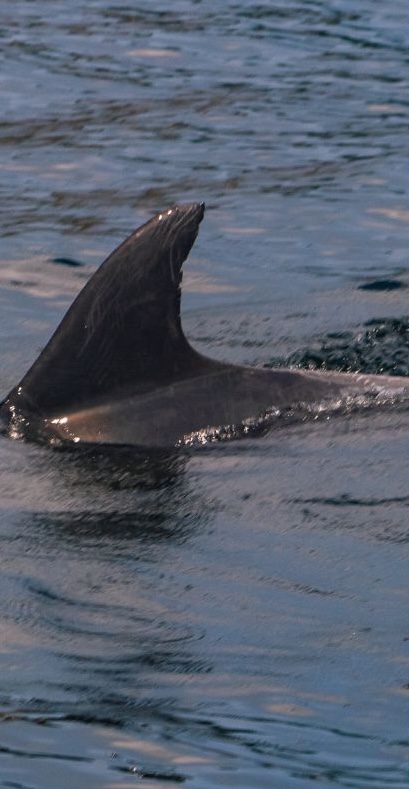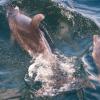Harnessing the Symphony of the Sea: The Role of Passive Acoustic Monitoring in Marine Conservation
NEW BLOG POST | 002 | FEBRUARY, 2024
By: Syam Nath, Trinidad and Tobago Cetacean Sighting Network (TTCSN)

Passive Acoustic Monitoring (PAM) is a powerful tool for studying marine life, especially cetaceans (whales, dolphins, and porpoises). Water's density makes it perfect for sound transmission, allowing the precise capture of these creatures' vocalisations, including clicks, whistles, and songs. This method involves strategically placed underwater hydrophones, providing valuable data on species behaviour, location, and migration patterns.
The effectiveness of acoustic detection lies in its continuous operation, regardless of weather conditions, enabling 24/7 monitoring of cetacean populations. Hydrophone arrays enhance this by simultaneously studying multiple species, revealing migration patterns, communication strategies, and the impact of human activities, vital for conservation.
Acoustic monitoring is the frontier of evidence-based conservation strategies for the scientific community. Yet, due to limited research, Trinidad and Tobago's diverse cetacean species remain under-explored.
Recognising this gap, the Trinidad & Tobago Cetacean Sighting Network seeks funding for a passive acoustic monitoring network led by renowned researchers Prof. Olivier Adam and Dr. Yann Doh. This project aims to identify local and migratory cetaceans, combining acoustic and visual observations, citizen science data, and biological sampling for a comprehensive understanding of cetacean life. This initiative is crucial for marine conservation and addressing the global climate crisis.
Integrating visual boat-based surveys and acoustic methods in Trinidad and Tobago's cetacean research promises to unveil these remarkable mammals' underwater world, providing essential guidance for scientists, researchers, and conservationists in preserving Earth's fragile ecosystem.
PAM proves invaluable for marine conservation by studying species behaviour, distribution, and abundance through acoustic signatures, aiding in ecosystem management. It conserves threatened species by tracking their movements and identifying critical habitats.
PAM assesses the impact of human activities, particularly underwater noise pollution from shipping and infrastructure. Monitoring these disturbances informs regulations and mitigation, protecting marine life.
Additionally, PAM serves as an early warning system for environmental disasters, detecting changes indicating oil spills or emergencies, enabling swift responses and mitigating damage to marine ecosystems.
Passive Acoustic Monitoring is a game-changer for marine conservation, offering insights into biodiversity, protection of endangered species, assessing human impacts, and early disaster detection. Leveraging PAM's capabilities is crucial for ensuring our oceans' long-term health and resilience.
Follow TTCSN on Instagram @ttcsn_org





